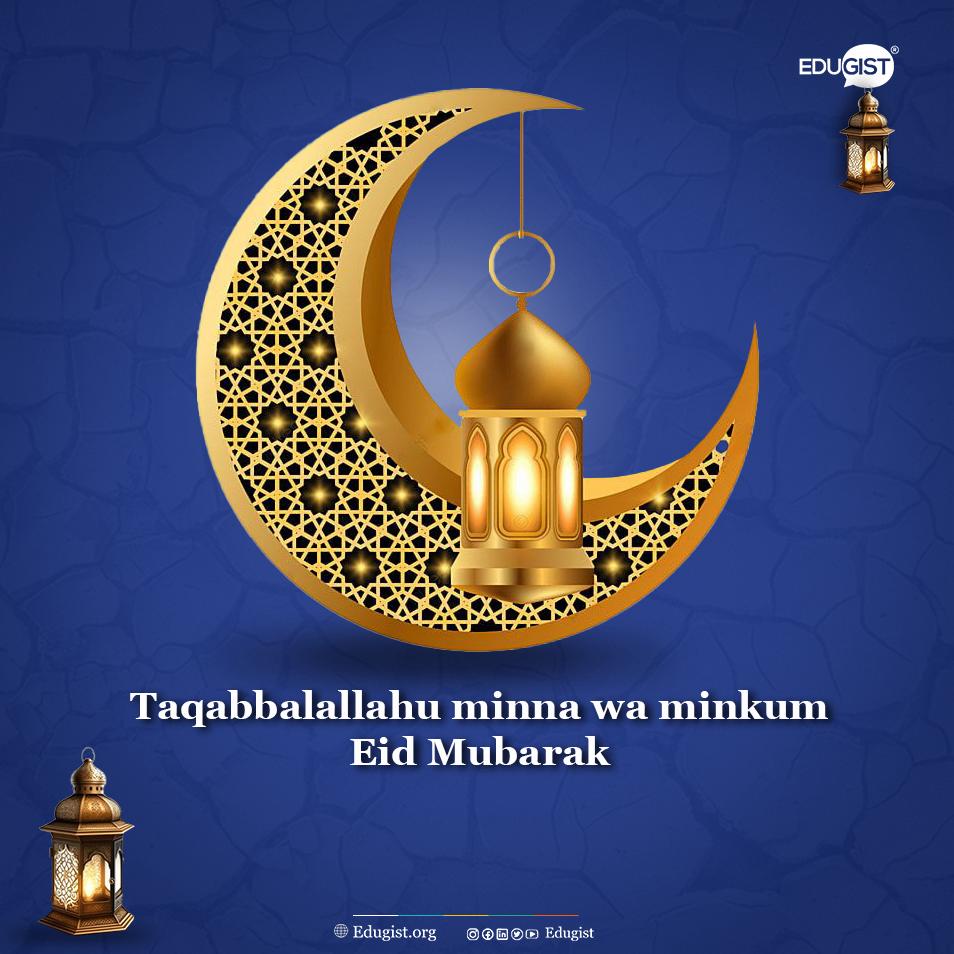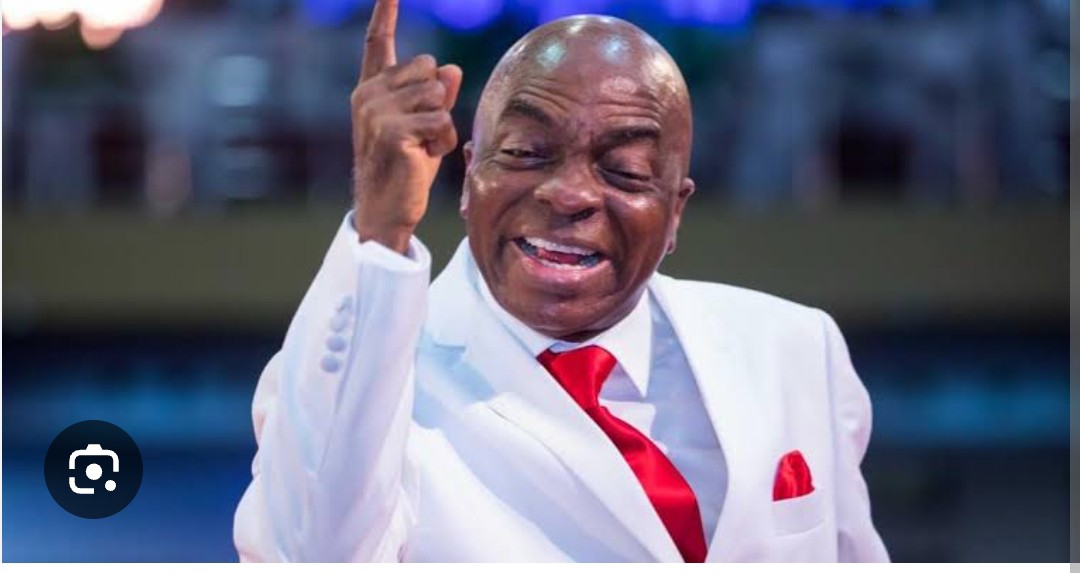Eid al-Adha, also known as the Festival of Sacrifice, is one of the most significant Islamic holidays celebrated worldwide. It marks the culmination of the Hajj pilgrimage to Mecca and commemorates the willingness of Prophet Ibrahim (Abraham) to sacrifice his son Ismail (Ishmael) as an act of obedience to God, who ultimately provided a ram as a substitute. The celebration begins with the Eid prayer, typically performed early in the morning in mosques, prayer grounds, or open spaces. The prayer is a communal gathering, bringing together Muslims from all walks of life to offer prayers of gratitude and devotion.
1. Prayer: Start the day with Eid prayers at the mosque or in an open space with the community.
2. Sacrifice: The tradition of sacrificing an animal, usually a goat, sheep, cow, or camel, commemorating Prophet Ibrahim’s willingness to sacrifice his son Ismail as an act of obedience to God.
3. Charity: Giving to the less fortunate by donating food, money, or clothes to those in need.
4. Family and Friends: Spend time with family and friends, sharing meals and exchanging gifts.
5. Feasting:Prepare and enjoy special meals with family and friends, often including traditional dishes.
6. Dress Up:Wear new or special clothes, often traditional attire, to mark the occasion.
7. Community Events: Attend community events, gatherings, and feasts organized by mosques or other organizations.
8. Remembrance: Reflect on the significance of the day and the story of Prophet Ibrahim’s obedience and devotion to God.
9. Visit Graves: Some families visit the graves of loved ones to pay their respects and offer prayers.
10. Spread Joy: Spread joy and goodwill by greeting others with “Eid Mubarak” (Blessed Eid) and exchanging well wishes.
“Eid Mubarak” is a general greeting used to convey well wishes for Eid celebrations, including both Eid al-Fitr and Eid al-Adha. So, you can use “Eid Mubarak” for both occasions.
Happy, Eid Mubarak from all of us at Edugist.











